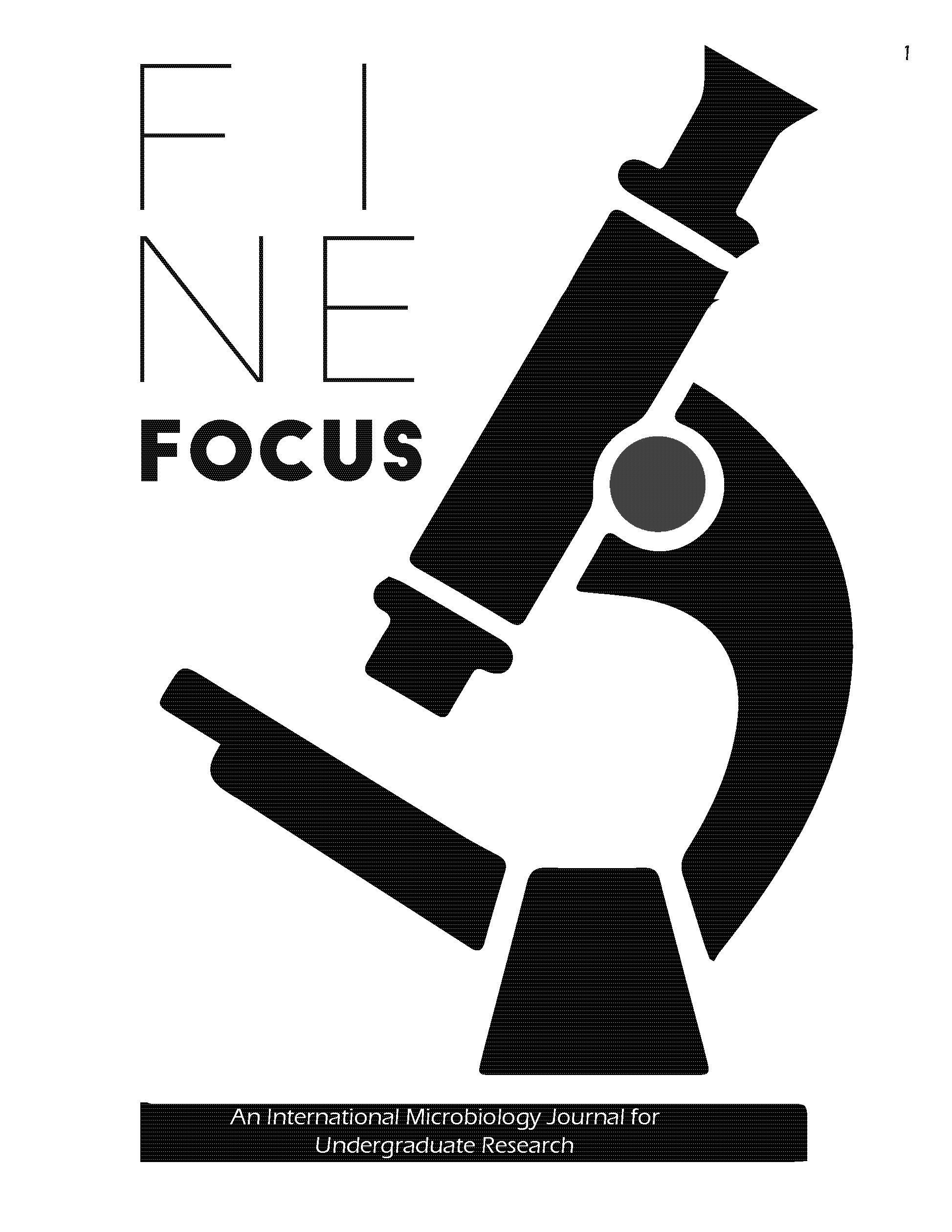How CRISPR-Mediated Genome Editing is Affecting Undergraduate Biology Education
DOI:
https://doi.org/10.33043/FF.5.1.23-34Keywords:
Clustered Regularly Interspaced Short Palindromatic Repeats, CRISPR, genome editing, biology education, Course-Based Undergraduate Research Experiences, CURESAbstract
In 2010, the CRISPR/Cas system of Streptococcus thermophilus was found necessary and sufficient to cleave bacteriophage DNA. Since this time, CRISPR went from a niche scientific field to the laboratories of major research institutions, undergraduate classrooms, and popular culture. In the future, CRISPR may stand along with PCR, DNA sequencing, and transformation as paradigm shifting discoveries in molecular biology. CRISPR genome editing is technically uncomplicated and relatively inexpensive. Thus, CRISPR-mediated genome editing has been adopted by and applied to undergraduate curricula in a wide variety of ways. In this review, we provide an overview of CRISPR-mediated genome editing and examine some of the ways this technology is being leveraged to train students in the classroom and laboratory.
Downloads
Downloads
Published
How to Cite
Issue
Section
License
By submitting to Fine Focus, the author(s) agree to the terms of the Author Agreement. Beginning in Fall 2018, all authors retain copyrights associated with their article contributions and agree to make such contributions available under a Creative Commons Attribution-NonCommercial 4.0 International license upon publication in Fine Focus. Copyrights to articles published prior to Fall 2018 have been transferred from the authors to Fine Focus.



